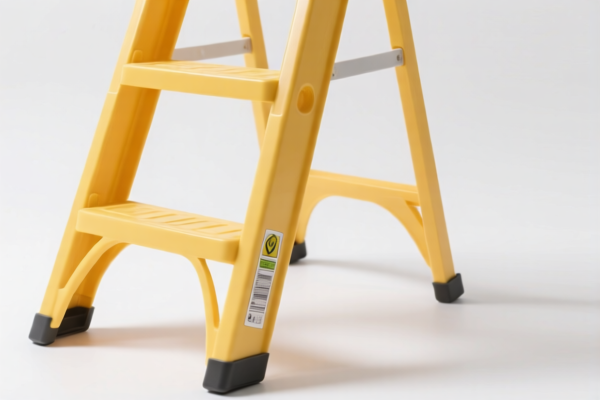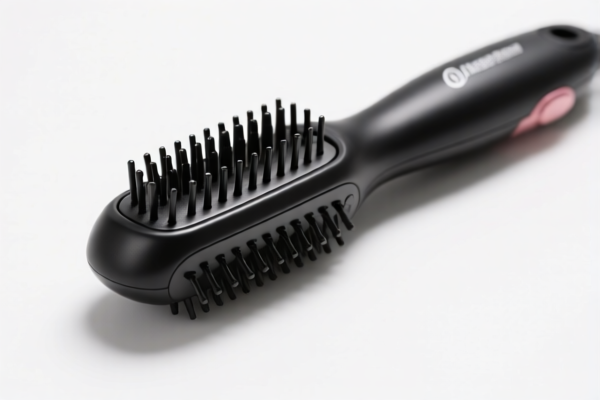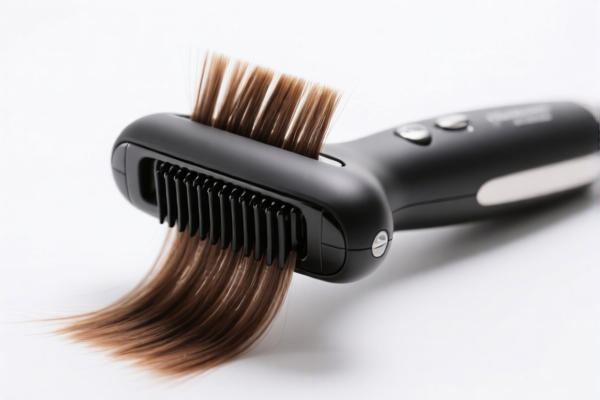| HS Code | Official Doc | Tariff Rate | Origin | Destination | Effective Date |
|---|---|---|---|---|---|
| 9615902000 | Doc | 38.1% | CN | US | 2025-05-12 |
| 9615906000 | Doc | 41.0% | CN | US | 2025-05-12 |
| 8516320040 | Doc | 33.9% | CN | US | 2025-05-12 |
| 8516320040 | Doc | 33.9% | CN | US | 2025-05-12 |
| 9603302000 | Doc | 40.1% | CN | US | 2025-05-12 |
| 9603304000 | Doc | 37.5% | CN | US | 2025-05-12 |
| 3707906000 | Doc | 55.0% | CN | US | 2025-05-12 |
| 3707903290 | Doc | 55.0% | CN | US | 2025-05-12 |
| 8214100000 | Doc | 0.3¢ each + 4.2%+30.0% | CN | US | 2025-05-12 |
| 8214909000 | Doc | 1.4¢ each + 3.2%+30.0% | CN | US | 2025-05-12 |
| 3924905650 | Doc | 40.9% | CN | US | 2025-05-12 |
| 3924104000 | Doc | 33.4% | CN | US | 2025-05-12 |




Hair Dye Tools
Hair dye tools encompass a range of implements used to facilitate the process of coloring hair, from initial mixing to final application and aftercare. These tools vary in complexity depending on whether the dye is applied at home or professionally.
Core Functionality
The primary functions served by hair dye tools include:
- Mixing: Combining hair dye with developer to activate the coloring process.
- Application: Distributing the dye mixture evenly throughout the hair.
- Sectioning: Dividing the hair for precise and thorough coverage.
- Protection: Shielding skin and clothing from staining.
- Aftercare: Ensuring even distribution of conditioners and treatments post-dyeing.
Common Types
1. Mixing Bowls & Brushes:
- Non-Metallic Bowls: Typically plastic or glass. Metal can react with the dye chemicals, altering the color result.
- Dye Brushes: Designed for smooth application, often with angled or pointed tips for precision. Bristles are typically synthetic.
2. Application Bottles & Applicator Tips:
- Applicator Bottles: Used for root touch-ups or precise color placement. Feature a narrow nozzle for targeted application.
- Applicator Brushes with Bottle: Combine a bottle for mixing and an attached brush for application.
3. Sectioning Tools:
- Sectioning Clips: Used to hold hair sections in place during the dyeing process. Available in plastic or metal.
- Combs: Various types are used, including:
- Tint Brushes: Specifically designed for applying dye.
- Tail Combs: For precise sectioning and parting.
- Wide-Tooth Combs: For detangling and distributing dye.
4. Protective Gear:
- Gloves: Essential for protecting hands from staining and chemical irritation. Typically made of nitrile or latex.
- Capes & Towels: Prevent staining of clothing and skin.
- Skin Protectant: Applied along the hairline and ears to prevent dye absorption.
5. Other Tools:
- Color Bowls with Stirring Sticks: Facilitate thorough mixing and color consistency.
- Hair Dye Removers: Used to correct color mistakes or remove unwanted dye.
- Color Processing Caps: Trap heat to aid in color development.
- Hair Dryers with Diffusers: Can be used to gently warm the hair during processing (use with caution).
- Scalp Applicators: Bottles with fine nozzles for precise application to the scalp.
Usage Scenarios
- Home Dyeing: Simpler tools like applicator bottles, gloves, and mixing bowls are common.
- Salon Professional Use: A wider range of tools are utilized for precision, efficiency, and complex coloring techniques (highlights, balayage, ombre, etc.).
- Root Touch-Ups: Specialized applicator bottles and brushes are used for targeted application.
- Color Correction: Dye removers and precise application tools are essential.
Material Considerations
- Plastic: Common for mixing bowls, applicator bottles, and clips. Must be dye-resistant.
- Glass: Used for mixing bowls, offering clarity for color assessment.
- Nitrile/Latex: Used for gloves, providing chemical resistance and flexibility.
- Synthetic Fibers: Used for dye brushes, offering durability and even application.
- Metal: Generally avoided for mixing due to potential chemical reactions, though metal clips are sometimes used.
Hair dye tools can encompass a range of items used for applying color to hair. Based on the provided information, several HS codes may be relevant depending on the specific type of tool.
- 8516320040: This code covers electrothermic hairdressing apparatus, specifically other hairdressing apparatus. This would apply to electric hair dye applicators or electric hair coloring devices. The tariff is a basic duty of 3.9%, with a total rate of 33.9%.
- 9615902000: This code covers combs, hair-slides and the like; hairpins, curling pins, curling grips, hair-curlers and the like, other than those of heading 8516, and parts thereof: Other: Nonthermic, nonornamental devices for curling the hair. This could apply to certain hair dye application tools that are not electrically heated. The tariff is a basic duty of 8.1%, with a total rate of 38.1%.
- 9615906000: This code covers combs, hair-slides and the like; hairpins, curling pins, curling grips, hair-curlers and the like, other than those of heading 8516, and parts thereof: Other: Other. This is a broader category for hair accessories and application tools not specifically defined elsewhere. The tariff is a basic duty of 11.0%, with a total rate of 41.0%.
- 8214100000: This code covers other articles of cutlery (for example, hair clippers, butchers' or kitchen cleavers, chopping or mincing knives, paper knives); manicure or pedicure sets and instruments (including nail files); base metal parts thereof: Paper knives, letter openers, erasing knives, pencil sharpeners (nonmechanical) and blades and other parts thereof. If the hair dye tool is designed as a cutting or application knife, this code may be applicable. The tariff is 0.3¢ each + 4.2%, with a total rate of 0.3¢ each + 4.2%+30.0%.
Important Note:
Regarding HS code 8516320040, please note that this code specifically applies to electrothermic hairdressing apparatus. If the tool is not electrically heated, another code would be more appropriate.
Customer Reviews
No reviews yet.